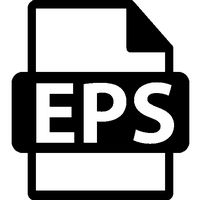Fiber is a slender and elongated natural or synthetic filament. There are three types of fibers: natural, artificial and synthetic.
Please note: artificial and synthetic fibers have specific resistant, rotproof and lightness characteristics: they are highly washable and do not wrinkle. Their feel today is close to that of natural materials.
All operations including cutting, shelling, folding, gluing, installation of accessories, etc.
Generic term used to describe fabrics used for clothing or furnishing.
– see vector file – Document file format (graphic, trace, etc.) from Photoshop® or Illustrator® which can contain vector and bitmap elements. The EPS format keeps the vector characteristics of the graphics file. It allows for quality printing, much like the «.ai» and «.pdf» formats.

– see finish – This term designates the chemical and mechanical treatments that are applied to a raw fabric in order to give it its final aspect.
The front is the visible side of the fabric; it is the side with the best aspect.
The back is the hidden side of the fabric; it is the side opposite to the front.
Object used to temporarily wrap or contain one or more products during their handling, transportation, storage or presentation in order to protect them and facilitate these steps. In a more general sense, this term is used to list the ways and methods used to carry out the aforementioned operations.
Ecru is the natural color of a fabric that has undergone no transformation (washing, bleaching, dyeing.)
Printing form for silk-screening made with a polyester fabric of 80 to 200 mesh/cm , tightly stretched on a metal frame.
– see PPP – DPI is Dots Per Inch in English. It is the number of dots per square inch in an image. The more dots per inch, the better the definition of the image, the higher the resolution.
